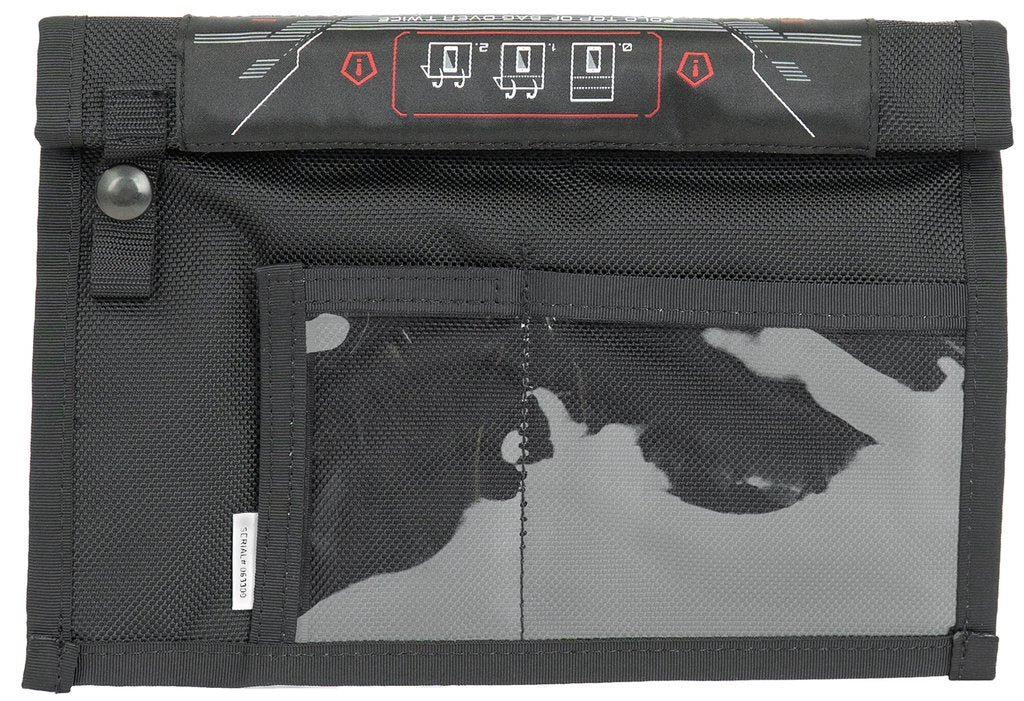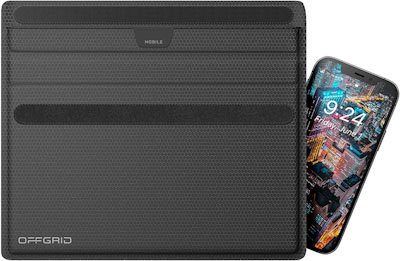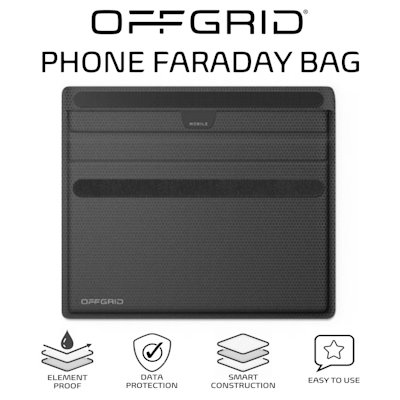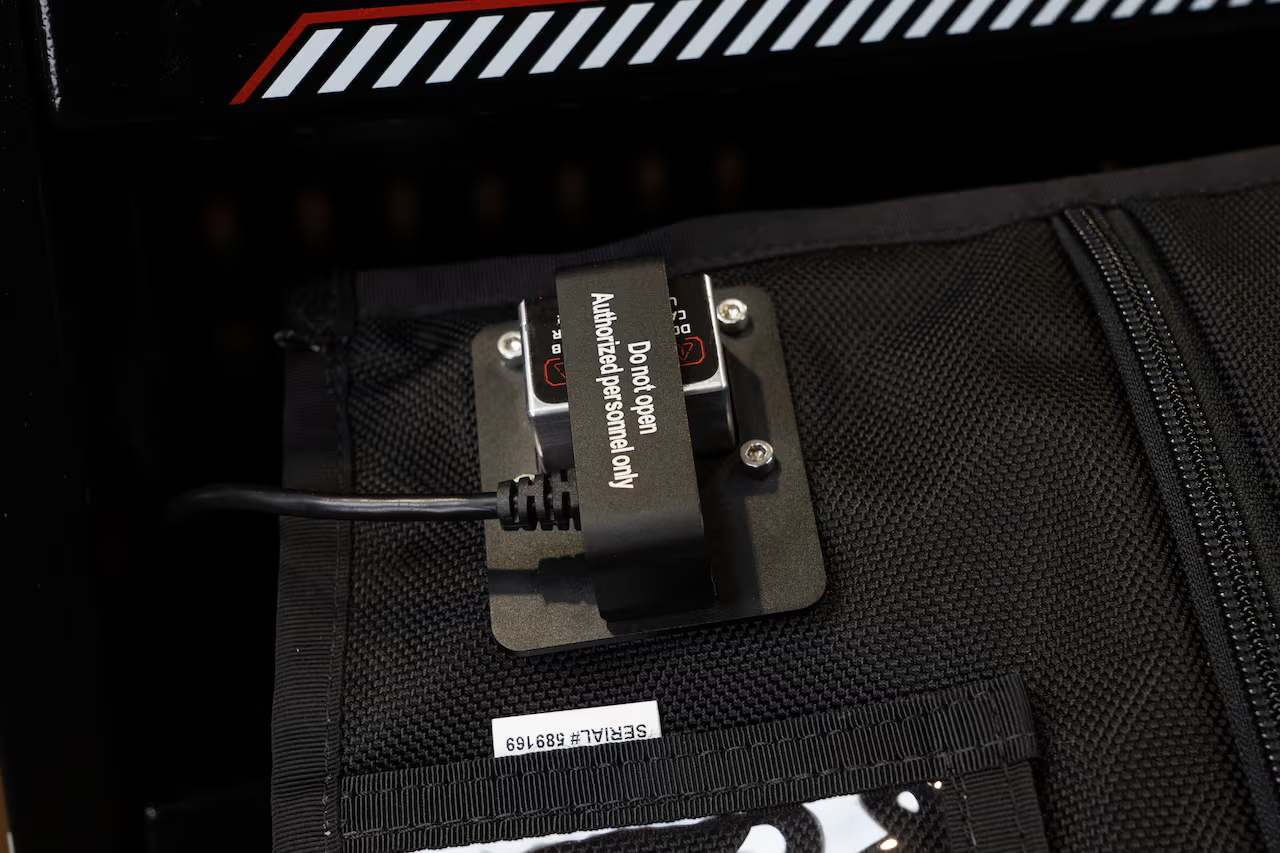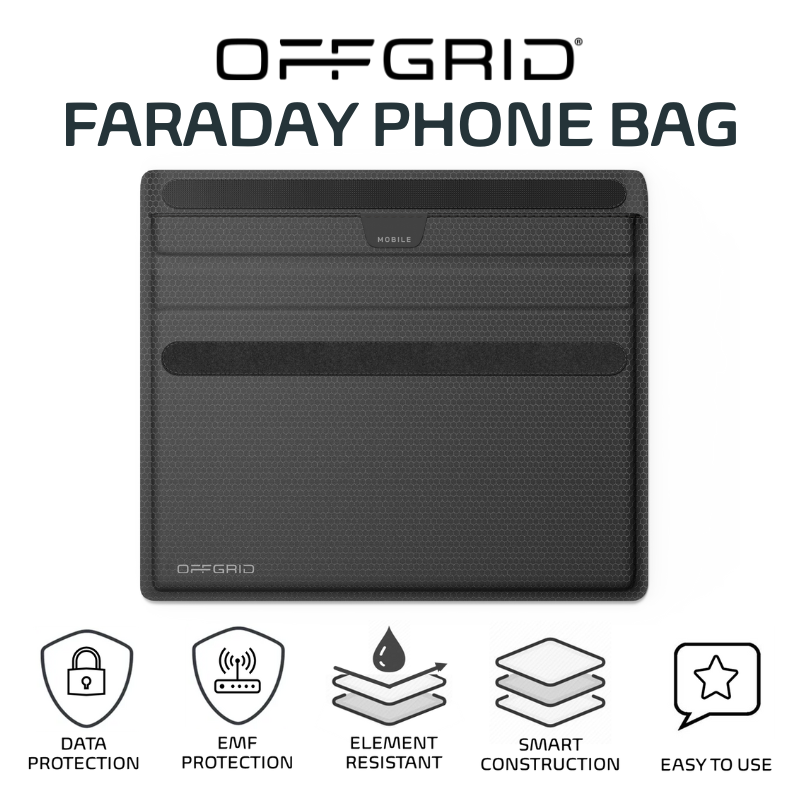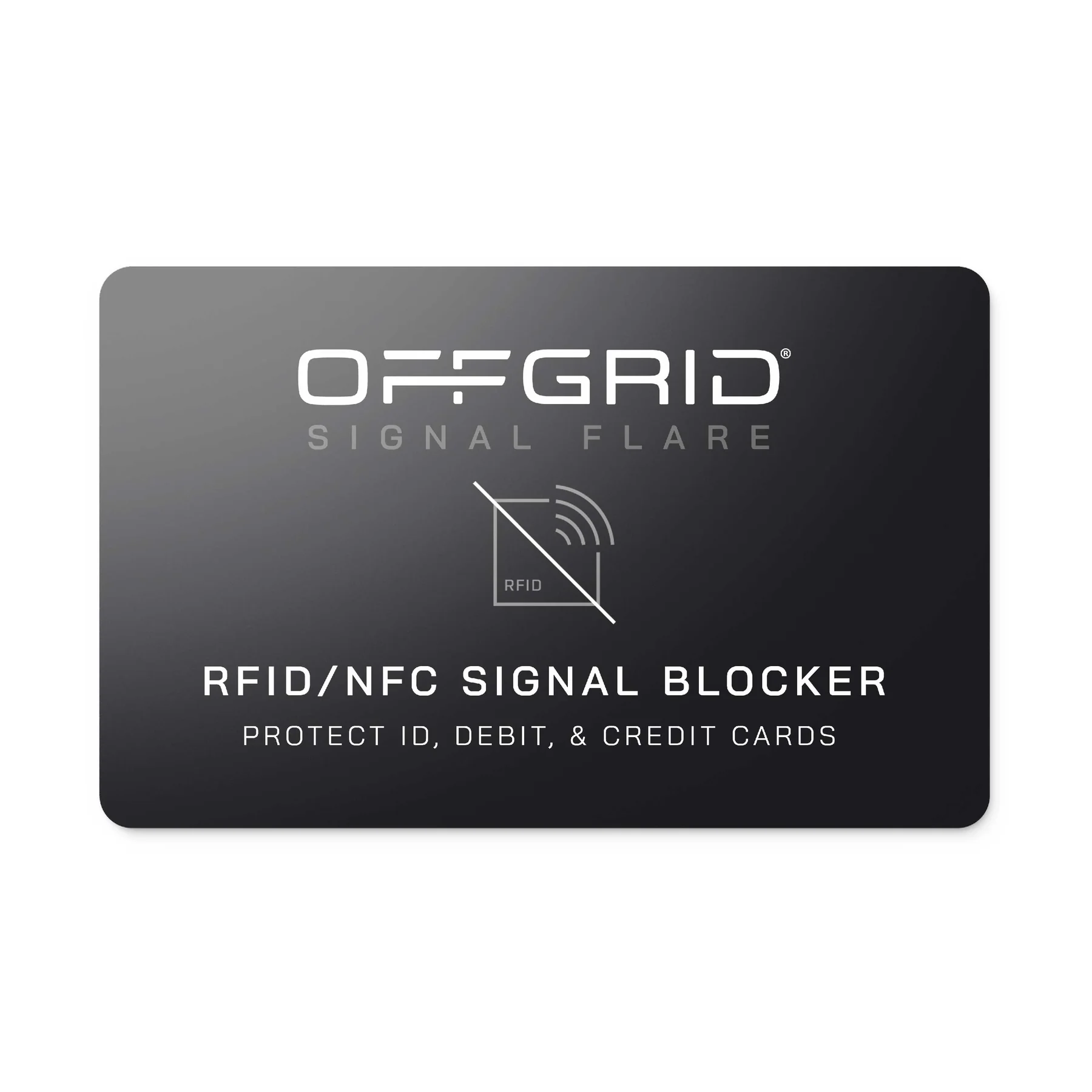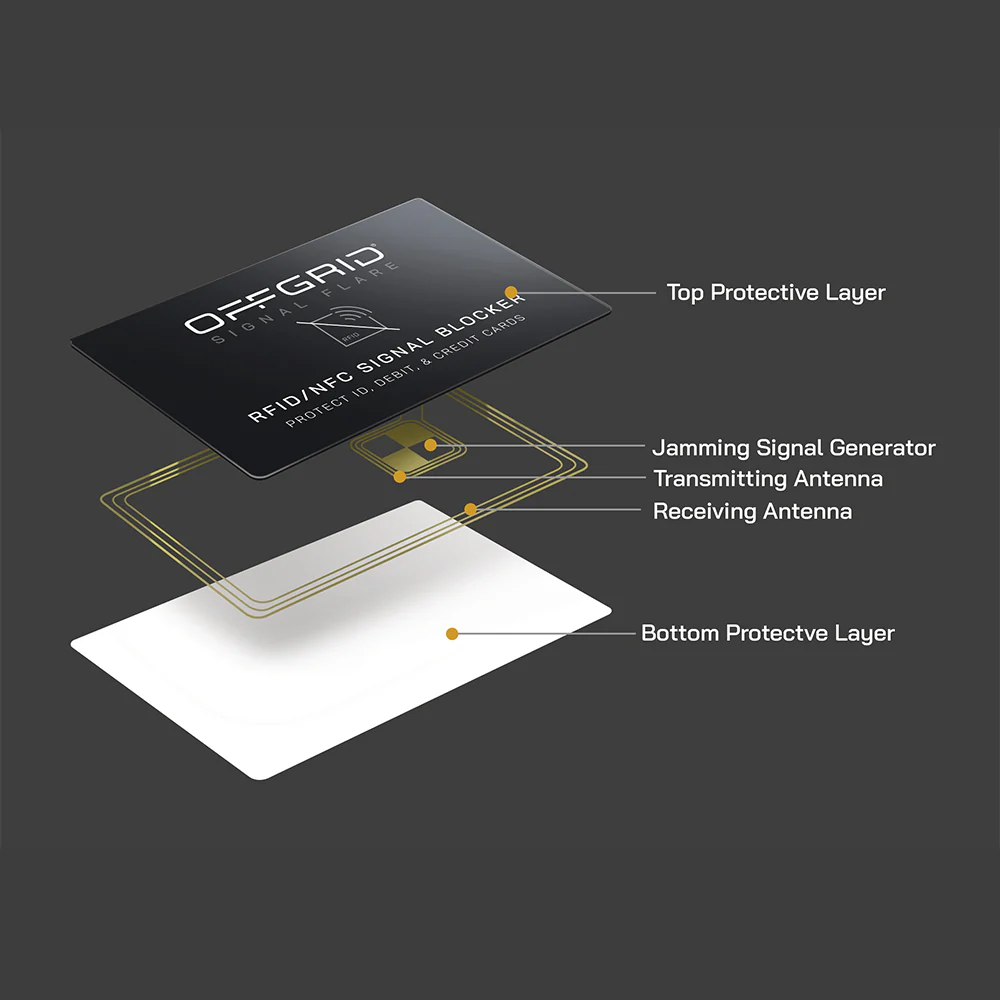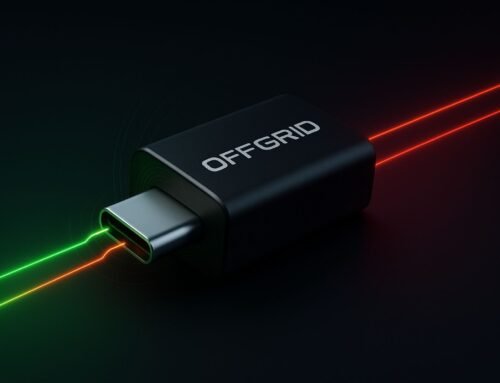
Fig 1. Our homes are a constant source of harmful EMF/RF radiation
How to Reduce Your EMF Exposure at Home
Man-made technology that emits EMF radiation has become a major part of our daily lives. From the smartphone that we use almost every waking minute to Bluetooth speakers and Wi-Fi routers, we surround ourselves with many devices and appliances that make our lives easier.
But have we stopped to consider the health risks of using them and surrounding ourselves with them, particularly in our homes?
The level of radiation these devices and appliances emit may not be dangerous in the immediate sense. However, the factors that can make exposure a serious health hazard include:
- The number of devices and appliances in your living and working spaces
- The duration of exposure to these devices and appliances
- The range and frequencies that we are exposed to.
Radiation is made of two types of energy waves: electric fields and magnetic fields. These two types of fields are commonly called ‘EMFs’.
EMFs are a form of non-ionizing radiation (their frequency is somewhere between microwaves and radio waves). This radiation is invisible, but can be measured by hand-held EMF detection meters.

Fig. 2 EMF meters help meausre EMF/RF radiation in your home
HERE ARE SOME TIPS FOR REDUCING EMF EXPOSURE IN YOUR HOME
Common sources of EMFs in the home include televisions, mobile phones, computers, remote controls, radios, Wi-Fi routers, baby monitors, cordless phones, microwave ovens, smart appliances, LED light bulbs, security systems, smart lighting, smart meters, Bluetooth speakers, as well as power lines and electrical wiring inside the walls. The list goes on and on…

Fig 3. Research Confirms the Dangers of EMF/RF Radiation, especially for children
Review your living spaces: Remove sources of EMFs from areas of the house you spend the most time in and don’t forget to check what’s on the other side of the walls. For example, avoid sleeping with your head directly next to your home’s electricity or smart meter. Move your Wi-Fi router to an area of the house away from where you spend the most time. You can measure the EMF levels in your home with an RF meter or if you are very concerned about your environment you may wish to consult with a building biologist.
Don’t sit or linger near appliances: The closer you are to an electronic device that emits EMFs, the higher your exposure. Keep your distance from electronic devices such as W-iFi routers, laptops and cell phones. Try to keep at least an arm’s length away from these devices whenever possible. The amount of EMFs absorbed into the body decreases rapidly when you increase the distance from wireless devices.
Turn off electronics: Electronic devices use power when they’re plugged in, even if they’re not turned on. Many newer televisions, gaming systems and computers plugged into electricity or on battery power will emit radiation even in power off mode. It’s best to unplug appliances when not in use. This includes kitchen appliances, televisions, computers, lights etc.
In homes, light bulbs are one of the biggest sources of EMFs, particularly if you’re using LEDs or ‘smart bulbs’ (bulbs which are Wi-Fi enabled). Switch the lights off when you aren’t in the room.

Fig 4. Smart Appliances emit EMF/RF radiation
Disable Wi-Fi and Bluetooth devices at night: Disabling wireless devices like Bluetooth speakers and Wi-Fi routers at night can reduce your exposure to EMFs. You can use a timer to switch off the power source of your router when you’re ready to retire for the evening and to come back on again in the morning.
Use wired connections such as Ethernet cables instead of Wi-Fi, which can often provide faster and more stable internet connections. Buy a router that has a convenient on/off button.
Avoid the use of wireless devices: Wireless devices emit a lot more EMFs than wired devices, so avoid using them. Use a wired mouse, keyboard and printer, rather than Bluetooth models.
Caution with cellphones and smart phones: Did you know that every cellphone comes with a warning about keeping the phone too close to your body? And yet many people hold their phones right up against their ears.
Instead, use the phone’s speaker function and keep the phone away from your head. Or use a wired headset, preferably an air tube wired headset rather than a standard wired one. The earpiece in air tube headsets does not transmit EMFs into the ears and brain, whereas standard wired headsets do.
If you need to be contactable while you are sleeping, keep your phone away from your bed, preferably 1-2 metres away from your head.
Avoid Bluetooth headsets altogether. While Bluetooth and wireless headphones do emit lower levels of radiation compared to a cell phone, their placement is a big concern to some health experts. Prolonged, chronic use of a wireless device could very well add up over time and hurt your health.

Fig 5. Cellphones emit EMF/RF Radiation that can disturb your sleep
Use EMF Faraday shielding products and apparel: It’s worth investing in quality EMF shielding products designed to absorb or deflect EMF radiation.
For example, you can install EMF blocking curtains, hang an EMF canopy over your bed, use EMF blankets, cover your smart meter with an EMF cover or Faraday fabric. For particularly strong outside radiation sources, paint your walls with EMF blockout paint. If you lay in bed at night with your laptop on your knees, place a Faraday blanket over your torso and legs to block the direct EMF exposure from the device.
To completely block RF signals and EMFs emited by your devices, a fully enclosed Faraday bag must be used. The conductive material in the bag creates a barrier that prevents electromagnetic waves from entering or exiting the bag.
The use of EMF shielding products should be considered carefully, however, as not all products available on the market these days are effective. Be sure to invest in certified military-grade brands that meet independent testing standards.

Fig 6. A Mission Darkness Faraday Blanket can protect you from EMF radiation
Lower Your EMF Exposure in the Bedroom: Our bedrooms are our sacred caves, where we rest and sleep and allow our bodies and minds to repair and recover. Electronic devices in the bedroom can disturb these important processes and sabotage a good night’s sleep. Make your bedroom a device-free zone (i.e. no televisions, electric clocks/alarms, laptops, cellphones).
If you must keep your cellphone near your bed, for example, to use the alarm or listen to music, then keep the phone in a Faraday bag (these bags will allow music and alarms to play, as long as the apps do not need to connect to Wi-Fi or data). Don’t charge your phone overnight by your bedside.

Fig 7. Faraday bags block RF/EMF radiation from your cellphone
Move your bed away from power plugs and sockets. Sleep on a mattress without metal springs, or use Faraday fabric or a Faraday blanket as a mattress overlay to block the magnetic field created by the mattress coils. You can drape an EMF canopy around the bed.
Electric blankets are no different to any other everyday household appliance and they emit EMFs, so avoid using them while in bed. You can warm up the bed before you get in and then unplug the blanket from the socket. Or use the good old fashioned hot water bottle!
Teach kids safe tech habits: Children are much more susceptible to the effects of EMFs than adults, so reducing their exposure is vital. Teaching them safe tech habits is ideal, and limiting time on devices and explaining why is important. Ensure they have distance between them and a wirelessly connected device. Investing in a quality Faraday bag for their phone, tablet or laptop is an extra safeguard.
Download, don’t stream: If you enjoy watching videos or playing games, download them onto your devices away from you and then play or watch when they are completely downloaded. That way you can turn your device onto Airplane Mode and enjoy safely.
Limit screen time: Limit your screen time and take frequent breaks. This will not only reduce your exposure to EMFs but also reduce eye strain and improve your overall health and well-being. This is especially important before bedtime, as blue light screens, such as those found on smartphones, tablets, and computers, can potentially interrupt sleep. Blue light can suppress the production of melatonin, a hormone that regulates our sleep-wake cycles.
Do not use wireless, digital or video baby monitors: Most baby monitor bases have fine print warnings that the device should be at least 20 cm away from the body because of the radiation emissions. However, there are researchers who consider that wireless baby monitors are not safe (even at their recommended distance) because a baby’s brain is developing and is the most vulnerable to damage from microwaves.

Fig 8. Wireless, digital & video baby monitors emit radiation
Be smart about your smart meter: A hidden source of EMFs in your home could come from your smart meter, the device that records electric energy consumption in frequent intervals (usually multiple times per hour… or per minute!). Smart meters are in constant wireless communication with the utility company, and these signals can be blasting into your home, depending on where it’s located. There is a growing number of people reporting health problems after being in close proximity to smart meters.
You may want to invest in a smart meter protection device or Faraday shielding fabric to reduce your EMF exposure from these meters.

Fig 9. Smart meters emit high levels of EMF radiation
Keep plants inside the home: All plants absorb radiation to a degree, and scattering plants inside your home can reduce EMF levels and purify the air. Plant lots of trees and shrubs around your home.
Reduce dirty electricity: Dirty electricity is unusable electromagnetic energy that is produced by many electrical devices as they operate. It is caused by interruptions in the flow of regular 60-Hertz AC (alternating current) power travelling through wires and electrical systems in homes and other buildings. These interruptions result in voltage spikes, surges, and frequency variations (also called high-frequency voltage transients) that combine to form a complex and potentially harmful electromagnetic field.
Replace all dimmer switches in your home with simple on/off switches: Dimmer switches can produce dirty electricity! This also includes ceiling fans. Use the fan pull chains to adjust fan level, not dimmer switches.
Reducing your exposure to EMF radiation at home can help promote a healthier living environment. While the long-term effects of EMF radiation are still being studied, taking these steps can help reduce your exposure and promote overall well-being.

